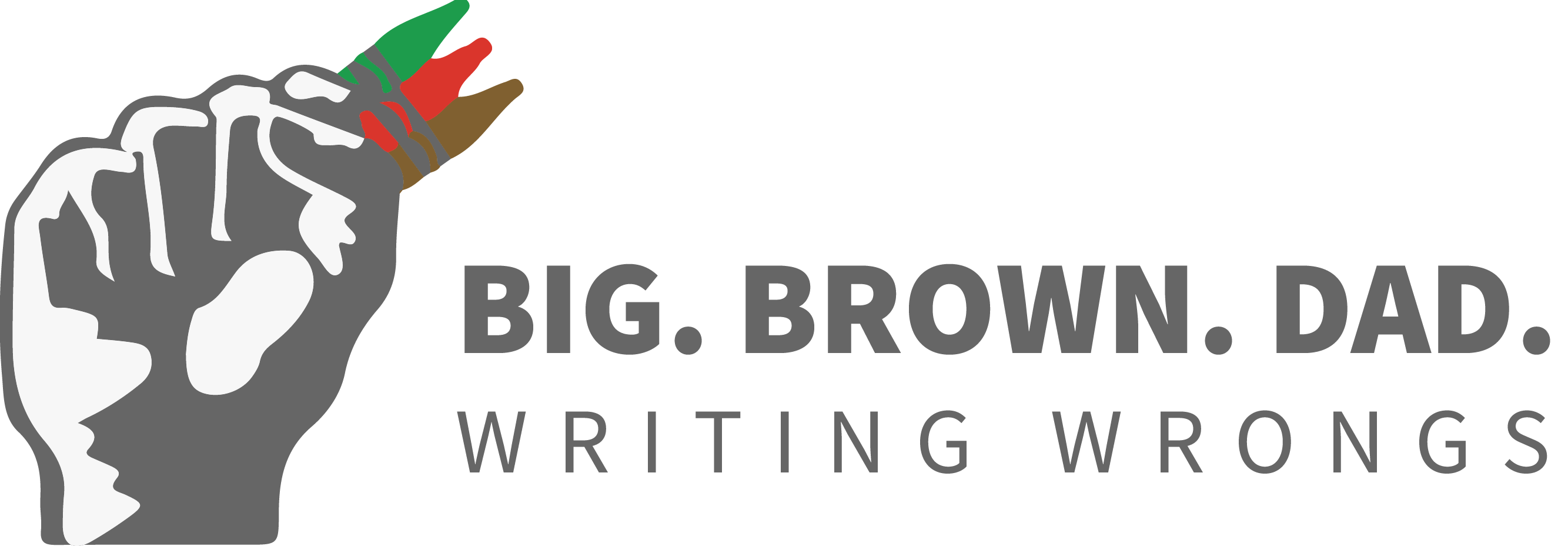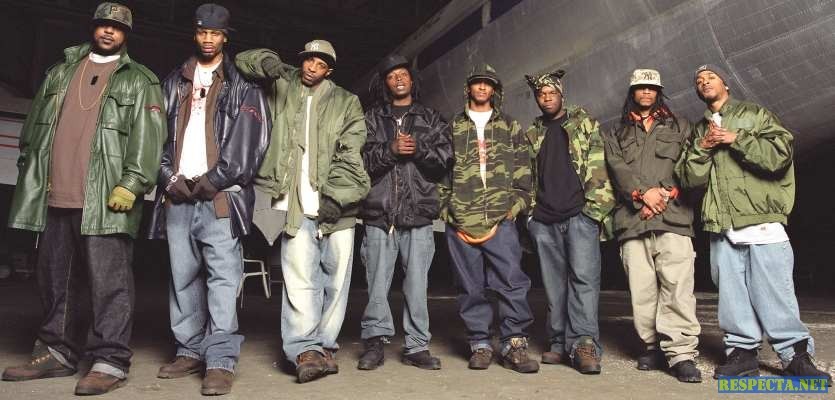Yo, we’re throwing this one back back back to the warning track.
No one would choose to live without friends, even if he had all other goods.
— Aristotle, Nichomachean Ethics
In 1993 an underground Brooklyn Hip-Hop trio calling themselves Black Moon released their debut album on Wreck Records. The record, aptly titled Enta da Stage, stripped down the then popular airbrushed thump and swagger of East Coast rap to a grease paint scowl of urban New York drama. Enta da Stage was a new direction in Hip- Hop, but perhaps was most significant to the careers of the artists and their fellow associates in rhyme. Rather than focusing the fruits of their newfound success solely on building their own fame, Black Moon instead parleyed their fortunate hand to win recording contracts for a half-dozen of their cohorts. The members of these fledgling groups – Original Gun Clappaz, Smif-N-Wesson, and Heltah Skeltah – joined with Black Moon to create a meta-group of sorts, the Boot Camp Clik. Along the way, Black Moon frontman Buckshot even co-founded his own record label, Duck Down Entaprizes, as a means of navigating his friends’ production efforts in the free market system while maintaining their own interests at heart. Amidst the often unforgiving waters of the record business, the Boot Camp Clik managed to set a precedent for self guidance that has been followed and expanded upon (to the tune of millions of dollars) by the likes of Sean “Puffy” Combs (Bad Boy Records), Suge Knight (the now defunct Death Row Records), and Master P (No Limit Records).
The story of the Boot Camp Clik is indeed an encouraging tale of camaraderie and sound business acumen, but what, you ask, do rappers with stage names like “Louisville Sluggah” and “DJ Evil Dee” really have in common with the robed Grecian philosophers of old, other than a penchant for loose-fitting clothing? Among outsiders to the culture (see sidebar), Hip-Hop is mostly known for its “negative” aspects: strong language; references to criminal activities; dangerously low bass frequencies. But equally integral too is a constant, if sometimes coded, expression of the necessity of community in various manifestations. And thus Aristotle’s musings on the importance of friendship above mere success are echoed in the lyrical philosophies of one Snoop Doggy Dogg: “It ain’t no fun if the homies can’t have none.”
While Hip-Hop culture consists of four main forms of expression, it is the packaged voice and sound of Hip-Hop music that both ascends the Billboard 200 and infiltrates the minds of the wider culture. And if Hip-hop begins in the popular conscience with the music, the music begins with the crew: the basic unit of the Hip-Hop community.
Unlike most other realms of pop music, where entourages become commonplace only when said pop star hits the big time, Hip-Hop groups and individual MC’s often lead an entouraged existence from the start. Even the most individualistic rappers, the self-professed “haters of players” and rhyme-sayers, roll with a crew. To operate solo in the Hip-Hop world is to carry one bullet in a shootout. The importance of one’s crew and/or group is nearly paramount to that of the individual. And when one gets put on, so does the other. An MC’s identity is often synonymous with the group he/she represents: Method Man and the Wu-Tang Clan; Snoop Dogg and the Dogg Pound. As Kurupt, another Dogg Pound member, puts it: “We rise and we fall together, all together / We brawl and we ball together / Doggs forever!”
The ethos of Hip-Hop is a seemingly contradictory amalgam of typical American rugged individualism (where I am what I am) and a more pre-industrial communalism (where it takes the entire village to raise the children). On the one hand is the extended familial network that helps deal with the economic, educational, political and religious disadvantages of being non-white in a country where, by all appearances, ‘white makes right.’ On the other are the well-intentioned voices of self-reliance: Horatio Alger’s ghost blows violently through inner-city high school motivational speeches, and commercials during NCAA basketball tournaments challenge an audience of disproportionately non-white viewers to “be all that you can be.” All this leaves young people of color trying to make sense of what it means to pull themselves up by the bootstraps that their tio and tia bought for them. Hip-Hop culture has evolved, in part, as an expression of that tension.
The introduction of a commercial success shifts balance between individualism and community, though, and an additional, invisible hand joins in the “pound session” (the customary, albeit varied, greeting offered by Hip-Hop mavens). As the popularity of Hip-Hop has increased, one can already make out the marks of capitalist consumer bleaching Hip-Hop’s richly woven textile. While rap videos dominate MTV’s playlists, while MC’s star in Sprite commercials, while Hip-Hop cuts routinely crack Billboard’s Top Ten, it is at the most rudimentary level that the influence of capitalism in the Hip-Hop community is most obvious: the transformation of the posse cut.
What once was an infrequent way to spread love through alliance (MC’s inviting unsigned crew members and affiliates to shine on a song), guest appearances and posse cuts now resemble a celebrity parade of body-movers and booty-shakers. Posse cuts at one time were celebrations of already-existing relationships (as with the LA-based Likwit Crew and the aforementioned Boot Camp Clik) and were considered prized rare gems on an album. Now posse cuts are as ubiquitous as golden crucifixes, and are less about creating a unique collaboration than they are about exploiting the current popularity of all involved. Perfect example: the song “Men of Steel,” an Ice Cube, Shaquille O’Neal, Peter Gunz, KRS-ONE and B-Real collaboration. Produced in the high-gloss R&B/Hip-Pop style, it embodies all that is wrong in Hip-Hop music: a lame song with languid verses from overpaid artists who don’t mesh on a limp soundtrack to a lifeless movie (“Steel”?!?!?).
The recent rap scene is littered with such bland compilation cuts — songs that value style over substance, but deliver neither. While collaborative ventures in music have not always worked, market forces have rendered solo performances the exception, even as they’ve pushed authentic crew collaborations down the path of the coelacanth (yes, quite possible at the bottom of the ocean off the coast of Madagascar with real Rhythm and Blues). While one could argue that the frequency with which these posse cuts are being produced is evidence of the community support in Hip-Hop, the meat thermometer says otherwise. When Talib Kweli and DJ Hi-Tek collaborate on a track under the group name Reflection Eternal, versed Hip-Hop followers aren’t likely to ask, “What soundtrack is that on?” “Who’s in the video?” or “Is that the one they played at the club last night?” Like Juan the Baptist, Reflection Eternal carries their conscientious message far and wide, even while knowing that few have ears to hear. But when a new Ruff Ryders single is out featuring the meteoric (and mediocre?) chart-toppers DMX, Eve, Juvenile, and Ja-Rule, the issue at hand is bloated record sales, not mutual respect or the preservation of artistic vision.
Consolidation and combination for convenience and profit is nothing new to society: Time Warner’s recent merger with AOL only followed in the “join them before they beat you” ideology. It is the disturbing trend of assessing value based on convenience and profit that assaults Hip-Hop and art in all forms. Hip-Hop consumers (every suburban youth with a raised pant leg and mom’s credit card number) outnumber Hip-Hop followers (those who can name ten Hip-Hop MC’s recording before 1988), and while it’s not the buying power that’s the problem, it’s the brain drain and accompanying value system that is disappointing. Ask most 18 year-olds with the latest Jay-Z single who Marley Marl is (a Hip Hop legend) and you’ll get a reaction as if you asked who Gerald Ford’s press secretary was. Valuing the momentarily and monetarily flashy has created a Hip-Hop of today that attempts to please everyone, but in the end sends the newest and most vibrant form of music of the past 20 years towards Pat Boone blandness.
A greater ill is at hand, though: when the sustaining force in hip hop becomes the almighty dollar, the original love and unity of the hip hop community begins to resemble the fraternity of the rich (the old homeboys club) whose primary motivation for maintaining alliances is to make more money. The art, the craft and the culture suffers as the underwriters of co-optation market an existence without substance. Hip-Hop has proven its consumer viability, and no one is so pure in practice or so distant from reality to deny the desire for economic opportunity. Hip-Hop has also proven its durability, contrary to the naysayers who labeled it a passing fad in the mid-eighties. Hip-Hop can sell — records, shoes, images, itself. The invisible hand might deserve a pound, but it’s managed to maneuver most of today’s Hip-Hop into a full-nelson, perhaps at the peril of the culture. Consumerism, me, me, me. Hip-Hop, we, we, we. So to which community will Hip-Hop ultimately pledge a greater allegiance to? Is Hip-HopHHHop selling out or buying in? It is a developing situation that should be watched with real concern and interest as it pits the faith, strength, and identity of a marginalized community against the purchasing power of co-optation and American economics.

